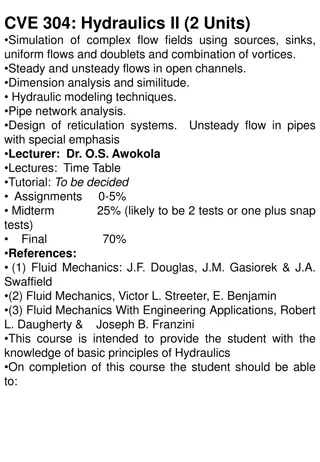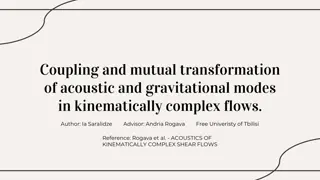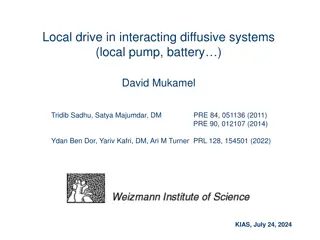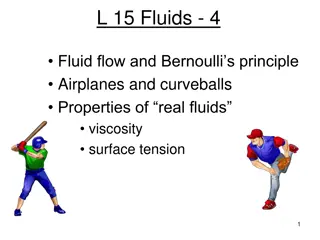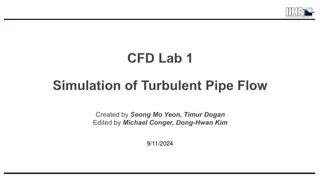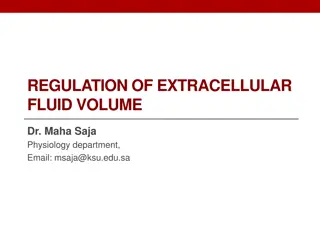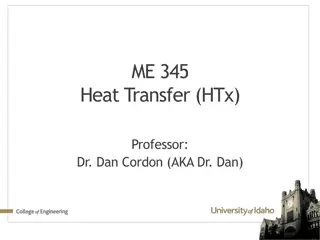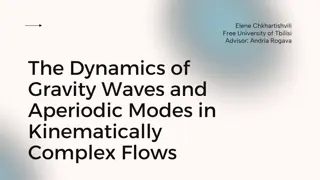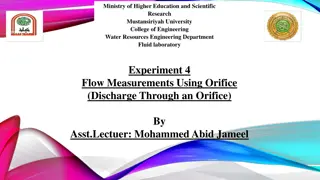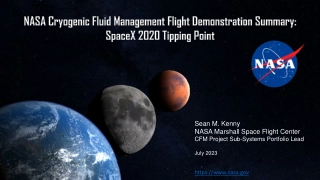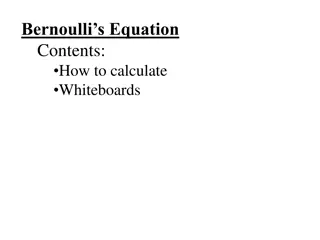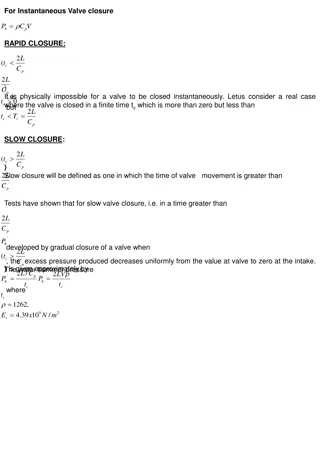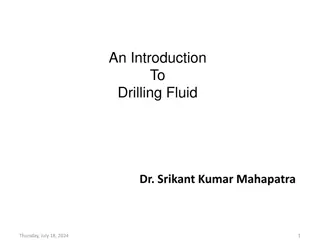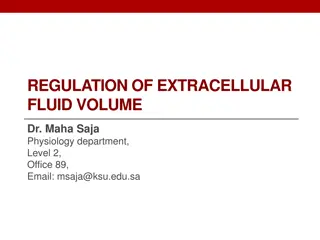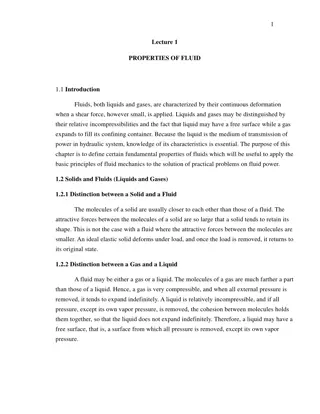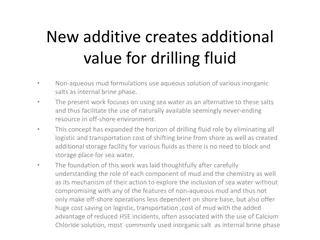Fundamentals of Fluid Flow: Steady, Unsteady, Compressible, Incompressible, Viscous, Nonviscous
Fluid flow characteristics such as steady vs. unsteady, compressible vs. incompressible, and viscous vs. nonviscous play crucial roles in understanding how fluids behave in various scenarios. Steady flow entails constant velocities over time, while unsteady flow involves changing velocities. Liquids are typically incompressible, while gases can be compressible. Viscous fluids like honey exhibit high resistance to flow, contrasting with nonviscous fluids like water. These fundamental concepts lay the groundwork for advanced fluid dynamics theories like the Equation of Continuity and Bernoulli's Equation.
Download Presentation

Please find below an Image/Link to download the presentation.
The content on the website is provided AS IS for your information and personal use only. It may not be sold, licensed, or shared on other websites without obtaining consent from the author. Download presentation by click this link. If you encounter any issues during the download, it is possible that the publisher has removed the file from their server.
E N D
Presentation Transcript
Steady or Unsteady Fluid Flow Fluids can move or flow in many ways. In steady flow the velocity of the fluid particles at any point is constant as time passes. Unsteady flow exists whenever the velocity at a point in the fluid changes as time passes. Turbulent flow is an extreme kind of unsteady flow.
Compressible or Incompressible Fluid Flow Most liquids are nearly incompressible; that is, the density of a liquid remains almost constant as the pressure changes. To a good approximation, then, liquids flow in an incompressible manner. In contrast, gases are highly compressible. However, there are situations in which the density of a flowing gas remains constant enough that the flow can be considered incompressible.
Viscous or Nonviscous Fluid Flow A viscous fluid, such as honey, does not flow readily and is said to have a large viscosity. In contrast, water is less viscous and flows more readily; water has a smaller viscosity than honey. The flow of a viscous fluid is an energy-dissipating process. A fluid with zero viscosity flows in an unhindered manner with no dissipation of energy. Although no real fluid has zero viscosity at normal temperatures, some fluids have negligibly small viscosities. An incompressible, non-viscous fluid is called an ideal fluid.
Streamline Flow When the flow is steady, streamlines are often used to represent the trajectories of the fluid particles. A streamline is a line drawn in the fluid such that a tangent to the streamline at any point is parallel to the fluid velocity at that point. Steady flow is often called streamline flow.
11.8 The Equation of Continuity Q: Have you ever used your thumb to control the water flowing from the end of a hose? A: When the end of a hose is partially closed off, thus reducing its cross-sectional area, the fluid velocity increases. This kind of fluid behavior is described by the equation of continuity.
Bernoullis Equation In the steady flow of a non-viscous, incompressible fluid of density , the pressure P, the fluid speed v, and the elevation y at any two points (1 and 2) are related by 1 1 2 2 + + = + + . P v gy P v gy 1 1 1 2 2 2 2 2
11.10 Applications of Bernoulli's Equation The tarpaulin that covers the cargo is flat when the truck is stationary but bulges outward when the truck is moving.
Household Plumbing In a household plumbing system, a vent is necessary to equalize the pressures at points A and B, thus preventing the trap from being emptied. An empty trap allows sewer gas to enter the house.







